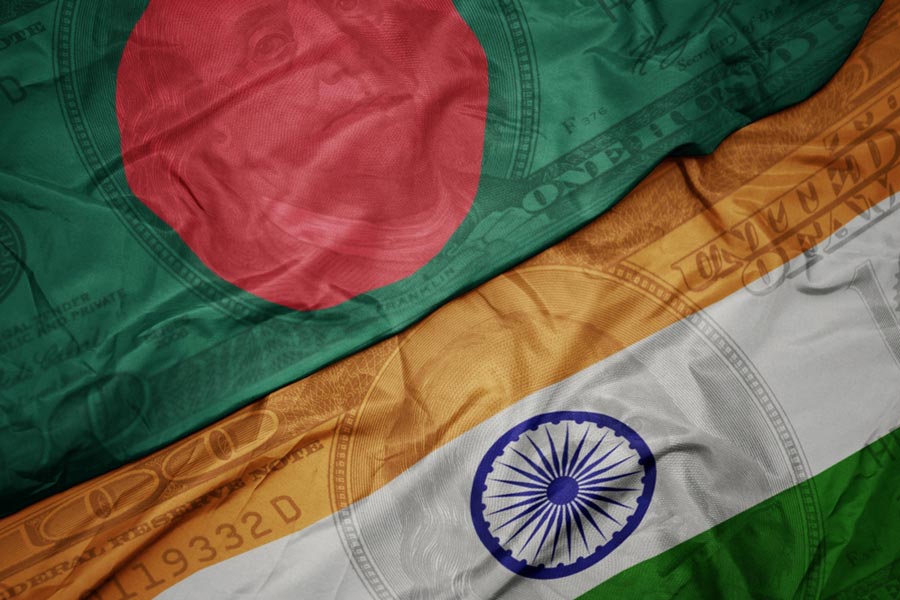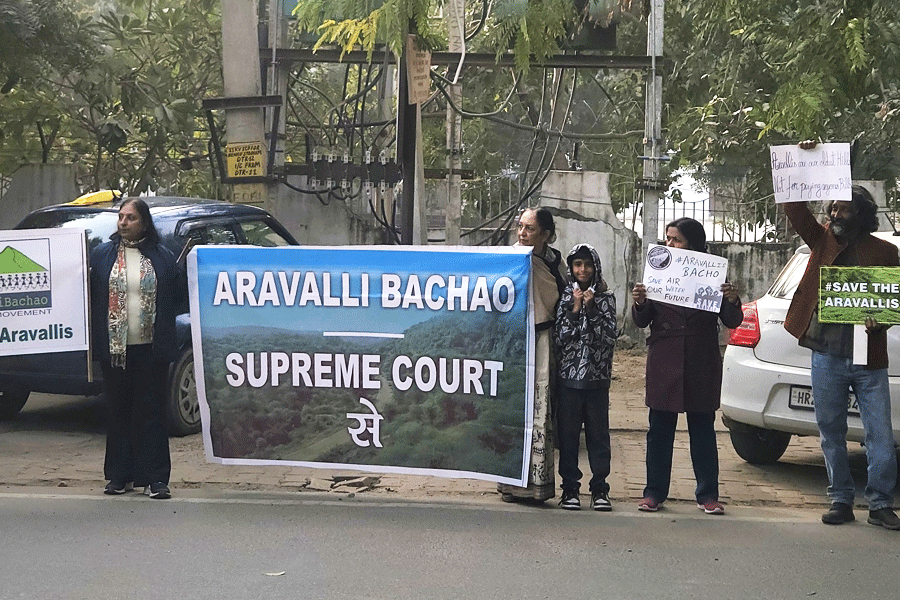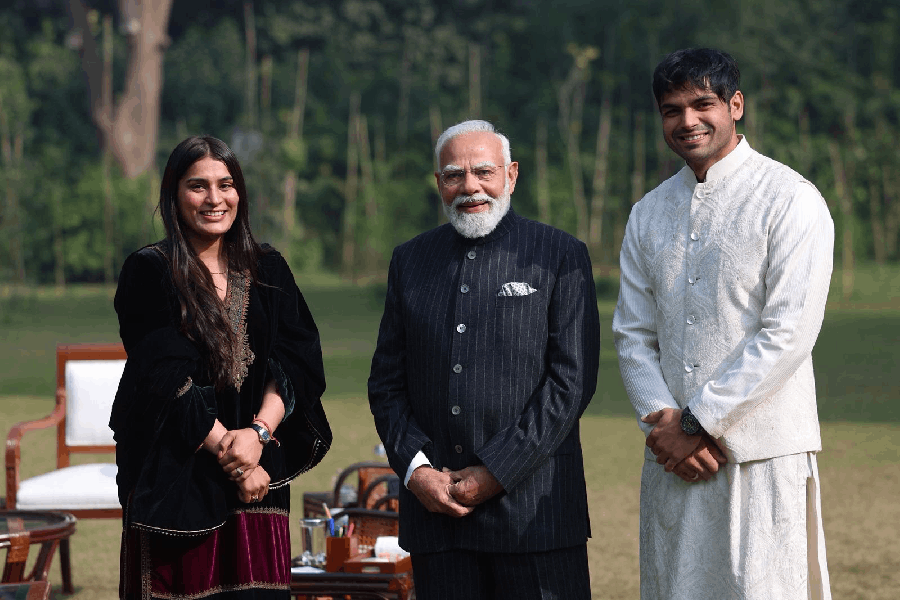Short Stories from Pakistan, Edited by Intizar Hussain and Asif Farrukhi, Sahitya Akademi, Rs 150
Literature has always mirrored the ways of a country and its society. The book under review gives one an opportunity to read some handpicked stories from Pakistan and peek into the minds of writers living on the other side of the border. The picture that comes across is markedly different from what the politicians of both countries try to project.
Short Stories from Pakistan has been translated by M. Asaduddin from the Urdu book, Pakistani Kahaniyan, published in 1998. It will give Indian readers a taste of Pakistani short stories written during the last fifty years. The stories will thrill lovers of the form and those who have the desire to delve deeper into things.
Pakistani writers found it difficult to shake off their Indian connection and also took time to find their true voice — having gone from the traumatic days of the Partition and then come into contact with the progressive writers’ movement.
The Urdu stories included in the selection begin with the works of Saadat Hasan Manto and end with Asif Farrukhi. The nearly two dozen stories differ in length, theme, form and style — but touch on various aspects of our lives. Some of the stories, interestingly, deal with Indian goddesses, legends and myths quite unabashedly, thereby emphasizing that writers’ thoughts cannot be confined by narrow barriers.
Apart from famous names like Manto, Ghulam Abbas, Ahmed Nadeem Qasimi, many lesser known writers have also been included. Women writers are also duly represented. Both Hajira Masroor’s “Bhagwandas Darkhan” and Bano Qudsia’s “Soul Weary” are powerful stories that linger on in the memory. The editors thoughtfully include stories from the Sindhi, Punjabi, Saraiki, Pushto and Baluchi languages. They might not be truly representative but they do give a feel of writers of languages other than Urdu.
The stories, steeped in local traditions, are the work of writers from a country where Muslims form a dominant majority. But they are essentially the same — depicting the love and hatred, the aspirations and frustrations, the cruelty and horror that stare the protagonist in the face, and through which he has to pass in order to understand the infiniteness of the human self.
These stories would not have reached us without the efforts of Asaduddin. Apart from some typographical errors, the book’s only other shortcoming is that it tells nothing about the writers who have written these stories.










